Press Release
Following Fall of FTX & Silvergate, The Crypto Market Needs Sensible Regulation

The FTX collapse guarantees that crypto regulation will be on the US legislative agenda for 2023 — at long last. In total, six bills were introduced in 2022, focusing on a mix of aspects connected to the crypto industry for investor protection or compliance.
As the SEC and the CFTC are jockeying for positions, the number of voices in the room is going to increase. Some don’t want any sort of regulation to exist, but others people in the industry and anti-crypto lawmakers think regulating crypto will legitimize its existence.
The time is right for crypto custody and all other types of platforms to be supervised with certain regulations. The US has the strongest financial market in the world, and that is due in large part to regulation. Regulation will make crypto markets stronger.
No regulatory regime administering traditional finance is created in one fell swoop. Along with the system, the regime also evolves to become better, inclusive, and stronger according to the needs. Disasters like FTX become a teaching lesson for the rulemakers to improve the regulatory system.
The digital asset industry is still in its infancy, but problems like FTX are familiar. There have been previous such events at QuadrigaCX and at Mt. Gox. To prevent these types of massive losses that also deteriorate the market trust, regulatory oversight must begin. Here are five modest, sensible steps that could be taken now that don’t even require much crypto knowledge.
- Stablecoin Reserves
As stablecoins are intended to be less volatile, they play an important role in the digital asset ecosystem. Moreover, they are more practical for everyday transactions. However, these stablecoins have not always been so stable.
These stablecoins are intended to be exchangeable for the underlying asset at a 1:1 ratio. However, stablecoin issuers are not required by law to maintain reserves that are equivalent to the available supply. There is a chance that holders will rush to redeem their coins when a stablecoin loses its peg, creating a situation that resembles a bank run.
That’s exactly what happened with TerraUSD in May of 2022. Recently, the US SEC has found another strong point of concern against the platform, making the former stronger. It relied on trading based on a mint and burn algorithm linked to the supply of LUNA, a cryptocurrency issued by Terra. Ironically, Sam Bankman-Fried is now under investigation for manipulating the market for TerraUSD, whose collapse touched off the industry crisis that ultimately exposed his other misdeeds at FTX.
Yet, none of that is necessary to know in order to determine whether a stablecoin is backed by a dollar. The quantity of circulating stablecoins is equal to the number of dollars in reserve. Stablecoin issuers should be required to keep 1:1 reserves at FDIC-insured banks.
The birth of FDIC insurance came after the bank failures during the early 1800s. Quarterly audits of reserves and real-time reporting on mint and burn activity should be mandatory. We also need to implement safety and soundness controls with a diversity of banks proportional to reserve size.
- Separate Trading And Custody
Customers’ requirement to maintain their money with the exchange under the current market structure is fundamentally wrong. It is not necessary to be an expert in cryptography to understand why that is a bad idea. Imagine that the Nasdaq asked the SEC to serve as its own custodian, is it possible?
The issue with counterparty risk persists even after being entirely honest. Many of these crypto custody platforms and exchanges also engage in different kinds of lending. They engage in market-making and arbitrage. As they continue to trade and hedge on other exchanges, identifying the counterparty risk on the exchange is impossible. The reason being it’s the sum of the exchange’s risk plus the risk of whatever other markets they’re participating in that plays an important role in risk assessment.
If there’s anything one should learn from the FTX collapse, it’s that assets should be stored until required for trading by external, qualified, regulated, and insured custodians. This creates a check-and-balance for verifying reserve assets under any exchange’s control.
The public may have learned sooner that FTX was in a crisis in a fractional reserve position if trading and custody had been kept separate. After the bankruptcy, it would have been simpler to stop asset theft and hacking.
- Require Digital Asset Exchanges To Be 100% Digital
Discontinuing direct trading of digital assets with fiat or off-chain assets will make all exchanges on-chain auditable. As a result, it will enable Proof-of-Reserves that actually work. At present, Proof of Reserves does bring some level of transparency, but they are not a foolproof solution for separating who’s solvent and who’s not, for two reasons.
- No one can practice it for reserves on fiat because they cannot be represented in a digital way.
- It’s not possible to give proof of non-liabilities, which is really the thing that matters most. FTX combined fiat, and digital reserve components and their liabilities far outstripped their reserves.
With pure digital exchanges representing fiat digitally as a regulated stablecoin, Proof of Reserves for everything can become a reality. The last thing to be solved is the liabilities component.
A reasonably solid and effective system with compliance can be built by fixing settlement and clearing to be entirely digital. Exchanges are currently attempting to establish a business in a hybrid world because they have no other option. So, as a transition, it is preferable to package fiat and securities in digital form. The ability to work in a digital environment will be significantly improved after the archaic wrappers have been removed.
- Regulate Digital Asset Exchanges’ Use Of Omnibus Wallets
In an omnibus wallet, the funds of multiple clients are stored under a single address. The benefit is that it makes key management easier for the custodian and also makes it easier to enable efficient off-chain transactions.
However, one of the main limitations is that individual customers no longer have visibility into the transactions. Neither do they have any information on the counterparty risk. It’s also unclear what happens to each customer’s funds in the event of bankruptcy.
Omnibus wallets are only acceptable when the qualified crypto custody platform is aware of each of the exchange’s clients in the omnibus pool and assets are segregated in such a way as to provide bankruptcy protection to each client. The custodian must also participate in AML/KYC compliance of exchange clients.
- Define Securities For The Digital Era
The SEC is still using an ancient definition of securities which was developed in the 1940s. The result is it leads to underpinning their enforcement efforts. Builders in crypto have honest questions about how the rule applies to them, and they deserve answers.
Can the SEC not update their definition and upgrade the meaning of securities while taking into account the crypto era? How hard would it be for the SEC to provide an updated definition, detailed guidance, and sensible grandfathering policies? Having that clarity would go a long way toward providing protection to innovators and investors alike.
They should listen more to Commissioner @HesterPeirce, who has an open opinion that the agency should not be leading with enforcement. Enforcement is clearly in their purview, but there’s an opportunity to make the enforcement load a lot lighter by providing appropriate guidance, to begin with.
What occurred at FTX was a common form of financial fraud that has been practiced for ages. The sole connection between cryptocurrency and blockchain technology is that a lack of regulation created a level playing field for dishonest players.
Conclusion
At present, the crypto community understands SEC’s Custody Rule. These rules are meant to safeguard the crypto industry. As per this rule, the crypto custody and other types of platforms are required to separate custody from trading. This move is hailed as a positive aspect of the crypto industry.
The crypto industry is in dire need of regulatory administration aimed at preventing catastrophic investor losses. Designers and builders are more than capable of architecting a better system to meet the requirements of regulators. Once people can’t be rug pulled or defrauded, the next discussion will be about more nuanced issues and building something more comprehensive.
It will take a collective effort to get through this phase. FTX isn’t the first exchange to run into trouble; it’s just the biggest. It is easy to compartmentalize it as one guy who was a charlatan and go back to business as usual. However, doing so will be like setting the industry up for the next failure. To come out stronger and better, it is essential to use this opportunity to take a few simple steps in the direction to lead the industry into a new direction in order to thrive.
Press Release
qLABS to Launch Quantum-Sig Wallet to Protect Crypto From Quantum Attacks

qLABS, the first quantum native crypto foundation, announced the upcoming launch of the Quantum-Sig smart contract wallet. This wallet introduces enterprise-grade post-quantum cybersecurity directly into the Web3 environment through a strategic alliance, as previously announced, between qLABS and 01 Quantum (TSX-V: ONE; OTCQB: OONEF).
Next-Generation Security for Digital Assets
The Quantum-Sig wallet technology will protect any smart-contract-based token such as Ethereum, HYPE or Solana including leading stablecoins such as USDT and USDC. At the core of this innovation is the upcoming qLABS quantum resilient ecosystem token known as qONE which will become the primary utility token powering this new security protocol across Web3.
This innovation directly addresses the accelerating risk of Q-Day which is the moment when it is anticipated quantum computers will be capable of breaking the classical cryptography that secures today’s digital assets. As a result, funds held inside traditional wallets that rely on classical signatures can be compromised. The Quantum-Sig wallet is designed to provide a future-proof safeguard against this threat.
“Quantum-Sig is a real breakthrough. It adds quantum level protection without new wallets, without new chains and without user friction,” said Antanas Guoga (Tony G), President of qLABS. “We are delivering the security Web3 needs without changing the way people already hold and trade crypto.”
Andrew Cheung, CEO of 01 Quantum, added, “We are excited to see our patent-pending QDW technology applied in a production environment to mitigate the Q-Day risk. By embedding post-quantum cryptographic primitives directly into the Quantum-Sig wallet introduces a quantum circuit-breaker architecture that neutralizes classical key compromise. This implementation demonstrates how our technology can deliver quantum-resilient transaction signing at scale, ensuring that digital assets remain secure today and in the post-quantum world of computing.”
Market Context
The global digital asset market exceeds three trillion USD according to CoinMarketCap. Regulatory bodies in several regions have already warned that quantum resilience will soon be a requirement for long term financial security. Despite this maturity, the industry remains exposed due to reliance on classical cryptographic algorithms such as ECDSA. Quantum-Sig wallet technology addresses this gap by providing broad-spectrum protection without sacrificing interoperability or performance for smart-contract based-tokens such as Ethereum, HYPE or Solana including leading stablecoins such as USDT or USDC.
How it Works
The Quantum-Sig wallet applies security principles that are similar to the multi-signature wallets commonly used throughout Web3. In a standard multi-signature setup, two or more signatures are needed to release assets from a contract. In the case of the Quantum Sig wallet, the smart contract requires an additional signature that must be signed by a quantum resilient private key. The zero-knowledge proof engine which is at the core of this innovation, makes it possible to verify large quantum-safe signature data on existing chains. As a result, a malicious actor cannot withdraw funds even if they compromise the classical key. The Quantum-Sig wallet ensures protection at the smart contract level while maintaining speed and interoperability for users and developers.
Technical Highlights
- Patent-pending method (US #19/396,202): Implementation of PQC circuit breaker.
- Performance optimization: Compatible with existing Layer 1 chains.
- Scalable toolkit: Includes support for custodian wallets and existing post-quantum stablecoins.
The qONE token, which is a quantum-resistant token on Hyperliquid, serves as the ecosystem asset that grants access to quantum resilient wallet functions, advanced security features, protocol governance and the broader quantum safe infrastructure developed by qLABS. The qONE initiative is designed to synchronize community engagement with the adoption of the Quantum-Sig technology, thereby incentivizing the sustained expansion of the ecosystem.
Financing and Growth
qLABS confirmed that it completed its pre-seed round financing which was over-subscribed and raised USD $390,000 in early-stage capital from strategic investors, establishing an implied market valuation of USD $6 million for the Tier # 1 pre-seed round. This marks the first step in a multi-stage financing plan by qLABS that is expected to include two additional rounds and the broader distribution of the qLABS token to the community as development and adoption continue to grow.
About qLABS
qLABS is the first quantum-native crypto foundation, developing blockchain solutions that are resistant to quantum computing threats. With a focus on post-quantum security, qLABS builds infrastructure that will protect Web3 from Q-Day and beyond.
For more information visit qLABS’s web site at https://qlabs.tech/ / https://x.com/qlabsofficial and follow them on their blog at https://www.linkedin.com/company/qlabsofficial/
About 01 Quantum Inc.
01 Quantum Inc., formerly 01 Communique Laboratory Inc., (TSX-V: ONE; OTCQB: OONEF), is known for its innovative work in post-quantum cybersecurity and remote access solutions. The Company’s cyber security business unit focuses on post-quantum cybersecurity with the development of its IronCAP™ product line. IronCAP™’s technologies are patent-protected in the U.S.A. by its patents #11,271,715 and #11,669,833. The Company’s remote access business unit provides its customers with a suite of secure remote access services and products under its I’m InTouch and I’m OnCall product offerings. The remote access offerings are protected in the U.S.A. by its patents #6,928,479 / #6,938,076 / #8,234,701; in Canada by its patents #2,309,398 / #2,524,039 and in Japan by its patent #4,875,094. For more information, visit the Company’s web site https://01quantuminc.com | https://01com.com and follow us on our blog at https://blog.01com.com/wp
Press Release
Loadit Unveils Interactive MVP and Files Sweeping Unified Financial Rail Patent
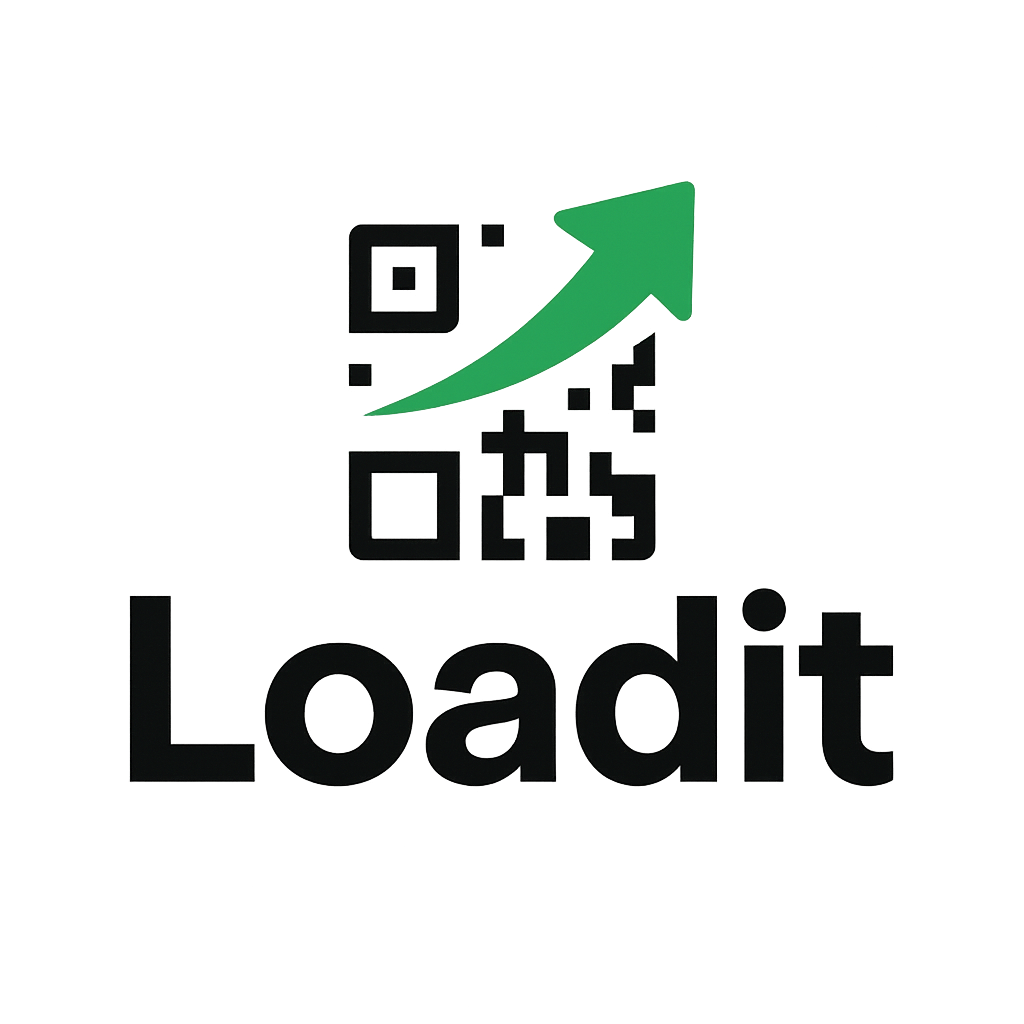
Patent-Pending Architecture Covers AI Routing, Offline Transactions, Temporal Settlement, and Energy as Native Money
Loadit today launched its public interactive MVP at https://mvp.loadit.net and simultaneously filed a landmark non-provisional patent application that consolidates ten previously separate financial rails into one unified, interlocking system.
The newly filed patent (application titled “Loadit Unified Financial Rail”) is now officially patent-pending with the USPTO and covers the entire Loadit technology stack, including:
• AI-orchestrated multi-rail routing (AERO)
• Identity-verified offline transactions (IVOR)
• Temporal programmable settlement (TSM)
• Energy-native monetary units backed by verifiable kWh/MJ (ENM)
• Quantum-optimized path selection and key management
• Universal value conversion across cash, card, fiat, crypto, stablecoins, and tokenized assets
• Geo-temporal compliance engine
• Self-healing fault-tolerant architecture
• Multi-reality (AR/VR/BCI) transaction interfaces
• Point-of-sale cash-to-crypto ingestion with zero new hardware
The live MVP at https://mvp.loadit.net lets anyone explore every patented layer in real time: watch the AI engine score and select rails, trigger an offline biometric transaction, lock in retroactive or future settlement prices, and convert dollars into spendable tokenized kilowatt-hours backed by real metered energy.
A companion site at https://loadit.net showcases the simplest merchant use case: any existing checkout counter becomes a crypto on-ramp in seconds using just a printed QR code.
“Most projects solve one piece of the puzzle. We just patented the entire operating system in one filing,” said Colt Trudell, founder and sole inventor. “The MVP is public today so the world can see exactly how Loadit turns decades of fragmented payment and energy infrastructure into a single coherent rail.”
Loadit is now actively seeking investors as it prepares to scale its unified financial rail into global retail, fintech, and energy markets.
About Loadit
Loadit is building the unified settlement layer for cash, cards, crypto, and energy. One architecture. Zero hardware lock-in. Patent-pending worldwide.
https://mvp.loadit.net – full interactive demo
https://loadit.net – merchant on-ramp
colt@loadit.net
Blockchain
LYNK Emerges as Community-First Token on Solana Following Contract Swap
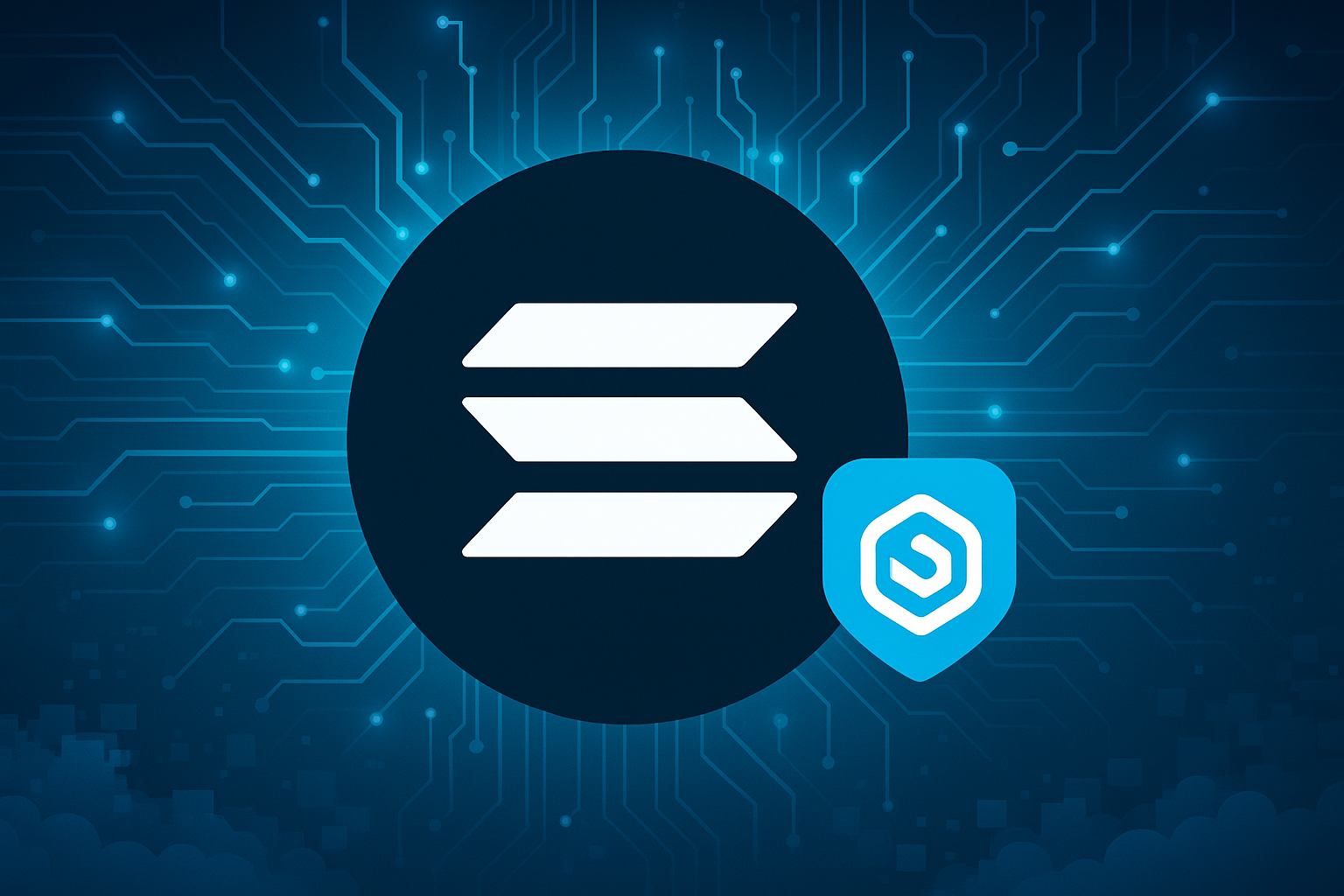
LYNK reintroduces itself after a 1:1 contract migration, touting locked supply and community governance as it seeks traction within the Solana ecosystem.
LYNK (ticker: LYNK), a community-focused token on the Solana chain, returned to the market this week after completing a 1:1 contract swap. CoinMarketCap lists the token at roughly $0.0034 with a reported market cap near $797,500 and 24-hour volume of about $17,500, reflecting significant short-term volatility typical of newly relaunched community tokens.
Built and marketed as a community-driven project, LYNK positions itself as “more than just a meme coin,” emphasizing transparency, holder participation and education. The project page notes that roughly 76.64% of the supply is locked for 12 months, a detail the team highlights as a stability measure designed to align incentives and limit immediate sell pressure. CoinMarketCap shows a total supply of about 999.89 million LYNK, with a self-reported circulating supply of 233.53 million.
Technical and market notes on the CoinMarketCap listing indicate the token sits in the Solana ecosystem and is tagged with community-oriented categories. The page also flags the recent contract migration — an important operational step that can affect exchange listings, wallet compatibility and on-chain tracking. Explorers linked from the listing point to Solana network records for both the old and new contracts.
Community signals on the listing point to a small but active holder base; CoinMarketCap displays about 290 holders at the time of publication. That modest holder count, coupled with a high short-term price swing, signals that LYNK remains an early-stage token where liquidity and distribution are still evolving.
For readers tracking new Solana projects, the LYNK listing is worth noting for its combination of a large proportion of locked tokens, a recent 1:1 contract migration and an explicit community-first narrative. These elements will likely shape how the token is stewarded and traded in the coming months.
-
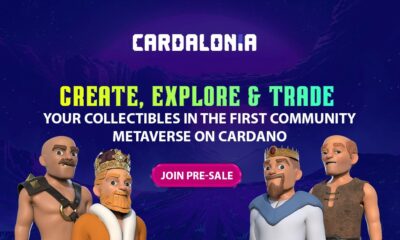
 Crypto3 years ago
Crypto3 years agoCardalonia Aiming To Become The Biggest Metaverse Project On Cardano
-

 Press Release5 years ago
Press Release5 years agoP2P2C BREAKTHROUGH CREATES A CONNECTION BETWEEN ETM TOKEN AND THE SUPER PROFITABLE MARKET
-

 Blockchain5 years ago
Blockchain5 years agoWOM Protocol partners with CoinPayments, the world’s largest cryptocurrency payments processor
-

 Press Release5 years ago
Press Release5 years agoETHERSMART DEVELOPER’S VISION MADE FINTECH COMPANY BECOME DUBAI’S TOP DIGITAL BANK
-
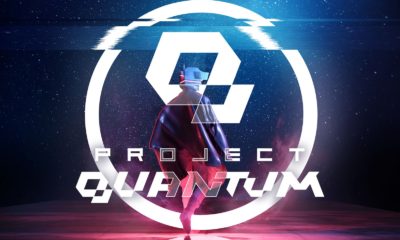
 Press Release5 years ago
Press Release5 years agoProject Quantum – Decentralised AAA Gaming
-

 Blockchain5 years ago
Blockchain5 years agoWOM Protocol Recommended by Premier Crypto Analyst as only full featured project for August
-
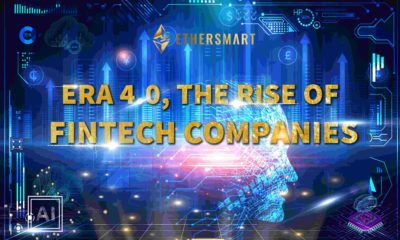
 Press Release5 years ago
Press Release5 years agoETHERSMART DEVELOPER’S VISION MADE FINTECH COMPANY BECOME DUBAI’S TOP DIGITAL BANK
-

 Blockchain6 years ago
Blockchain6 years ago1.5 Times More Bitcoin is purchased by Grayscale Than Daily Mined Coins






